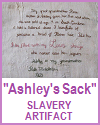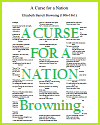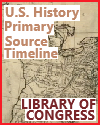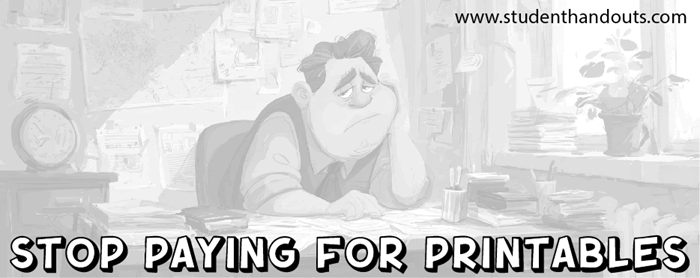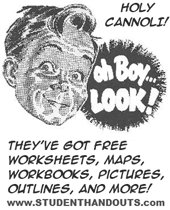Engaging with a wide variety of miscellaneous educational materials—such as political cartoons, personal diaries, newspaper editorials, songs, and maps—provides high school U.S. History students with a multidimensional understanding of the antebellum period's national and sectional conflicts. While textbooks offer a necessary narrative framework, these supplementary resources make the era tangible and complex. Students move beyond memorizing dates and laws to analyzing the passionate voices, visual propaganda, and deeply personal experiences that defined the divide over slavery and states' rights. A political cartoon, for instance, reveals the raw emotions and stereotypes each side held, while a slave narrative or a settler’s diary forces an empathetic connection that a textbook summary cannot.
This approach cultivates critical historical thinking skills. Students learn to evaluate bias, corroborate sources, and understand that history is not a single story but a collection of contested perspectives. By encountering the arguments of Northern abolitionists, Southern fire-eaters, and Western pioneers through their own words and images, students grasp why compromise ultimately failed. This method transforms the antebellum period from a inevitable march toward war into a human drama of clashing ideals, making the historical stakes more immediate and the learning experience significantly more profound and lasting.
|

